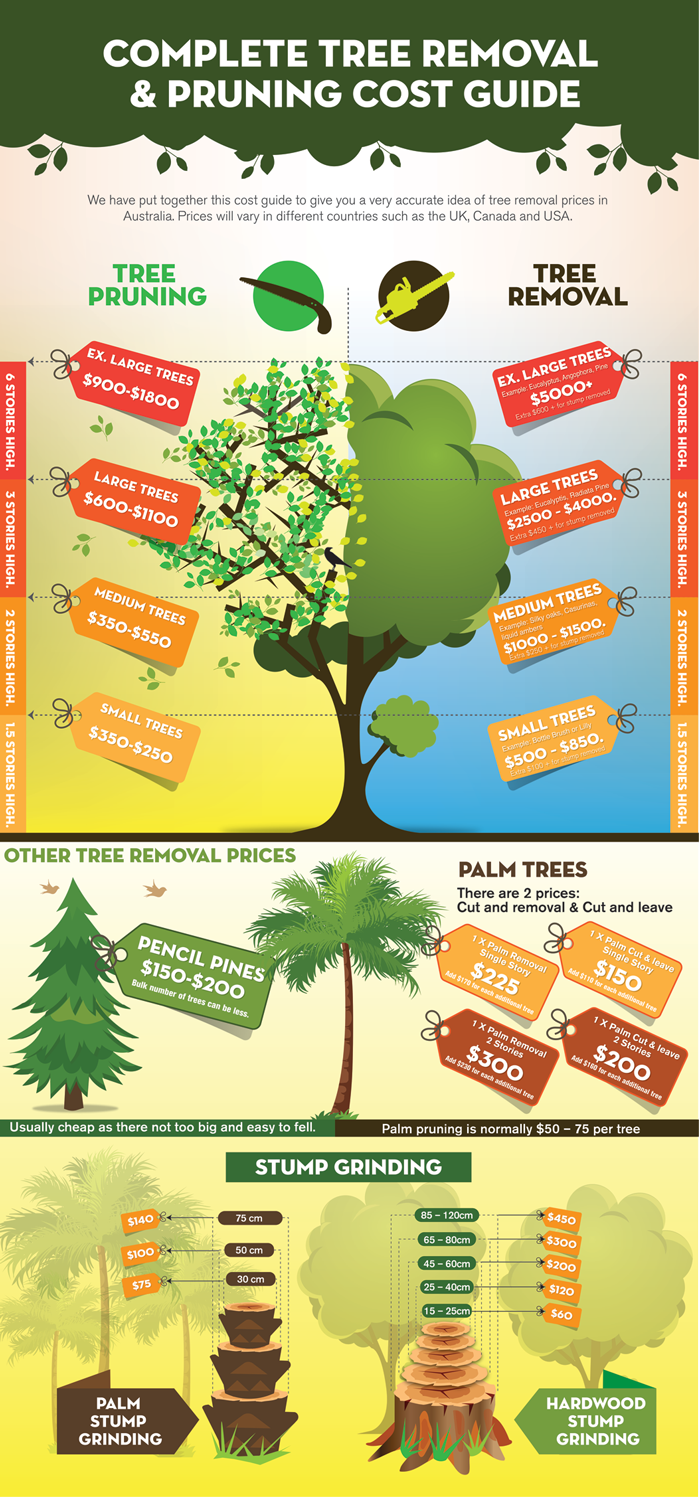Post-Tree Removal Upkeep: Reliable Methods For Landscape Repair
Post-Tree Removal Upkeep: Reliable Methods For Landscape Repair
Blog Article
Content Produce By-Hinrichsen Chambers
After a tree's removal, your landscape may look rather different, and it's necessary to evaluate the aftermath very carefully. You'll want to evaluate the dirt disruption and inspect bordering plants for any type of indications of stress. Disregarding these elements can result in larger issues down the line. So, what should you perform with those stumps and roots? And how do you pick the most effective plants for your rejuvenated space? Allow's check out these essential steps.
Evaluating the Consequences: Examining Your Landscape
After a tree removal, it's vital to assess your landscape to comprehend the impact it carries your backyard.
Begin by analyzing the location where the tree stood. Look for indications of dirt disturbance, and inspect the bordering plants for any kind of tension or damages.
You need to likewise keep in mind of how the removal has changed sunlight direct exposure and air flow in your yard. This shift can impact the growth of neighboring plants, so it's essential to review their wellness.
Think about the aesthetic facets also; the elimination might produce an open space that you can revamp.
Lastly, think about any type of prospective disintegration issues that could develop from the tree's absence. Dealing with these elements early will aid recover balance to your landscape.
Taking care of Stumps and Origins: Options for Removal
When you've assessed the after-effects of the tree removal, you'll likely require to deal with the stump and roots left.
You have a couple of alternatives for removal. One reliable technique is stump grinding, where an expert uses a device to grind the stump to below ground degree. This method leaves marginal interruption to your landscape.
If you prefer a DIY approach, you can make use of a mix of excavating and chemical stump cleaners. Just bear in mind, this process can require time and initiative.
Alternatively, think about leaving the stump as an all-natural attribute, which can function as an one-of-a-kind garden component or habitat for wild animals.
Whatever you select, dealing with the stump and origins is important for recovering your landscape.
Picking the Right Plants for Your New Space
As you assess your newly cleared area, picking the right plants can considerably improve your landscape's appeal and performance.
Start by taking into consideration the sunshine and dirt conditions. For warm locations, select drought-resistant plants like lavender or succulents. In shaded places, brushes and hostas prosper well.
Consider the size and growth habits of your plants; mix perennials and annuals for seasonal selection. Don't fail to remember to integrate native species; they require less maintenance and assistance regional wildlife.
https://www.bobvila.com/slideshow/30-ways-to-color-your-yard-this-fall-50438 in strange numbers for an extra all-natural look and develop layers for aesthetic deepness.
Ultimately, guarantee you have a mix of colors and appearances to keep your landscape vivid throughout the seasons.
Delighted planting!
Verdict
Finally, restoring your landscape after tree removal is a gratifying process. By examining the aftermath, resolving stumps and origins, and selecting the right plants, you'll create a growing atmosphere. Remove Tree Lod to include disintegration control measures to shield your dirt. With a little initiative and care, you can change your room right into a dynamic yard that enhances your home. Welcome the chance to invigorate your landscape and delight in the charm of nature right in your backyard!
